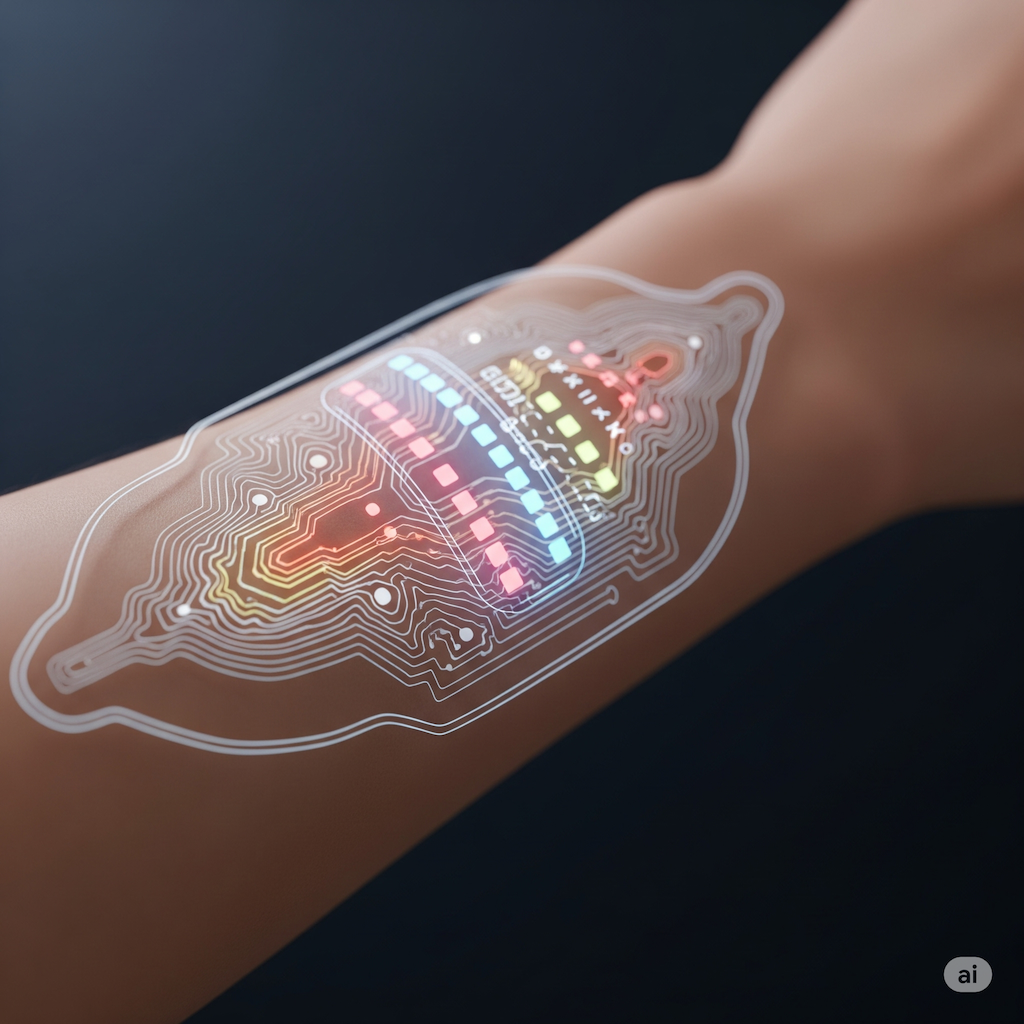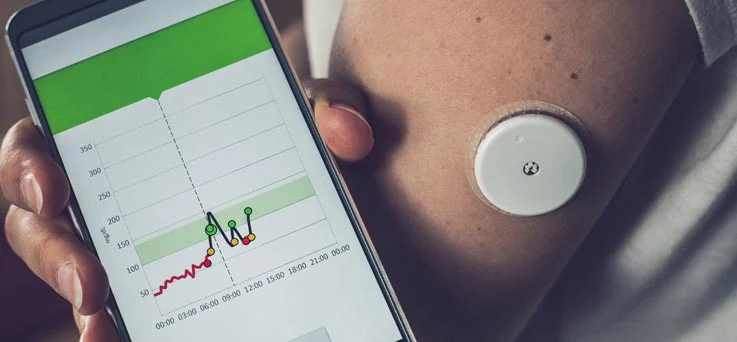
The Unseen Revolution: How Wearable Electronics Are Weaving Themselves into the Fabric of Modern Life
From simple fitness trackers to complex medical monitors, wearable electronics are no longer science fiction. This post explores the materials, technologies, and innovations driving this silent revolution and what it means for the future of human-computer interaction.
The Unseen Revolution: How Wearable Electronics Are Weaving Themselves into the Fabric of Modern Life
In the last decade, a quiet but profound revolution has been taking place, not in the streets, but on our wrists, in our clothing, and even on our skin. Wearable electronics, once the domain of niche gadgets and sci-fi fantasies, have exploded into the mainstream, fundamentally altering how we interact with technology and monitor our own well-being. This evolution from bulky, rigid devices to flexible, comfortable, and increasingly invisible sensors marks a significant paradigm shift in personal computing and healthcare. The journey of wearable electronics is a testament to the relentless pace of innovation in materials science, electrical engineering, and biomedical engineering.
The Building Blocks of a Revolution
The transition to truly wearable technology has been made possible by a convergence of breakthroughs. Early wearable devices were often just miniaturized versions of existing electronics, but the demand for comfort, flexibility, and continuous use has pushed researchers to develop novel materials and designs. As highlighted in a recent review in the journal *Wearable Electronics*, the field has seen a surge in the exploration of soft polymers for electrodes and active layers, enabling the creation of flexible and even stretchable devices. These materials can conform to the contours of the human body, making them ideal for long-term wear without causing discomfort or irritation.
Furthermore, the development of fiber-shaped electronics represents a major leap forward. These thread-like components can be woven into textiles, creating 'smart clothes' that are virtually indistinguishable from regular apparel. Imagine a shirt that can monitor your heart rate, a bandage that can track wound healing, or socks that can analyze your gait. These are not far-fetched ideas but are actively being developed in research labs worldwide. The ability to integrate electronics directly into the fabrics we wear every day opens up a vast range of possibilities for unobtrusive, continuous monitoring of our health and activities.
Powering the Future
A key challenge for wearable electronics is power. Traditional batteries are often bulky and rigid, negating the benefits of flexible designs. To address this, researchers are exploring innovative power solutions, including triboelectric nanogenerators (TENGs) that can harvest energy from the wearer's movements. As detailed in a review by Professor Zhong Lin Wang, TENGs can be integrated into textiles to create self-powered wearable sensors, eliminating the need for external power sources. This is a critical step towards creating truly autonomous and maintenance-free wearable devices.
Applications Across the Spectrum
The applications of wearable electronics are as diverse as the devices themselves. In healthcare, they are enabling a shift from reactive to proactive medicine. Continuous monitoring of vital signs, activity levels, and other physiological parameters can help in the early detection of diseases, the management of chronic conditions, and the promotion of healthy lifestyles. Beyond healthcare, wearables are transforming sports and fitness, providing athletes with detailed data to optimize their performance and prevent injuries. They are also finding applications in industrial settings for monitoring worker safety and in the military for tracking the health and location of soldiers.
The Road Ahead
Despite the remarkable progress, the field of wearable electronics still faces challenges. Ensuring the long-term reliability and durability of these devices, especially when subjected to the stresses of daily wear, is a key concern. Data privacy and security are also critical issues that need to be addressed as wearables collect increasingly sensitive personal information. However, the potential benefits of wearable electronics are undeniable. As research continues to push the boundaries of what is possible, we can expect to see even more innovative and seamlessly integrated devices that will further blur the lines between technology and the human body, creating a future where our clothes and accessories are not just passive items but active partners in our health and well-being.
References:
- "Wearable electronics." *National Science Review*, vol. 10, no. 1, 2023, pmc.ncbi.nlm.nih.gov/articles/PMC9843123/.
- Wang, Zhong Lin. "Triboelectric Nanogenerators as Wearable Power Sources and Self-Powered Sensors." *National Science Review*, vol. 10, no. 1, 2023.
- "Recent Wearable Electronics Articles." *KeAi Publishing*, www.keaipublishing.com/en/journals/wearable-electronics/recent-articles/.
PUKAR MAHARJAN
Postdoc Research Associate
I'm a bioelectroncis researcher specializing in wearable healthcare devices, leveraging materials science, nanotechnology, additive manufacturing, biomedical engineering, machine learning and AI to create innovate solutions that seamslessly intgrate technology with human health.
Related Articles

Skin Deep: How Electronic Tattoos Are Becoming the Ultimate Wearable
Imagine a health monitor so thin and comfortable you forget it's even there. This is the promise of electronic tattoos, or e-tattoos. This post explores the cutting-edge technology behind these imperceptible devices and their potential to revolutionize continuous, non-invasive health monitoring.
Read Article
Made for You: The Dawn of Personalized Wearable Medical Devices
One-size-fits-all is becoming a thing of the past in healthcare. This post explores the rise of personalized wearable medical devices, powered by technologies like 3D printing and digital twins, and how they are creating a new paradigm of patient-centric care.
Read Article